In the label printing industry, high-precision slitting machine is the core equipment to ensure the uniformity of label edges, improve the quality of printed matter and production efficiency. The edge uniformity directly affects the appearance, die-cutting accuracy and labeling effect of the label, especially in the field of high-end labels such as medicine and electronics, and the requirements for slitting accuracy can reach ±0.05mm. Here's a breakdown of the key technologies to achieve high edge uniformity:
1. Common problems with uneven edge of label slitting
1. Flashing/serration: Tool passivation or vibration causing the material to tear.
2. Delamination/warping: Interface peeling of multi-layer composites (e.g., PET+adhesive line) during slitting.
3. Wavy edge: uneven tension or improper winding pressure causes material deformation.
4. Dimensional deviation: material deviation or tool positioning inaccuracy during slitting.
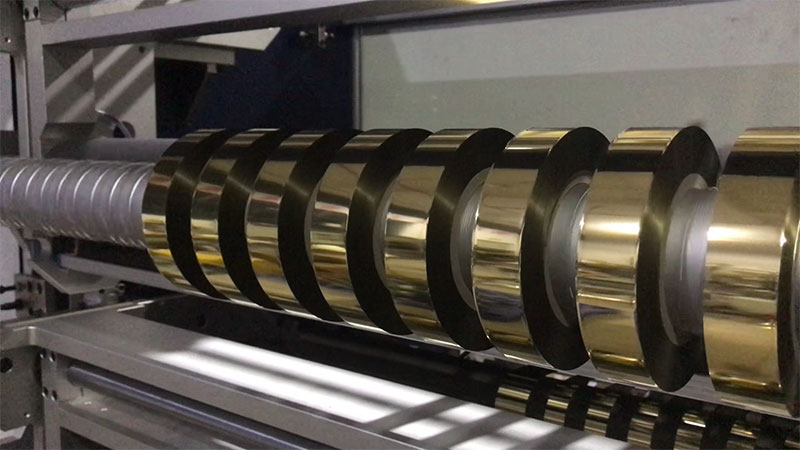
Second, the key technology of high-precision slitting machine
1. Ultra-precision tooling system
• Tool material and design
◦ Tungsten carbide/diamond coated round knife: hardness ≥ HRA90, long edge sharpness retention time, and 3-5 times longer life.
◦ Tool angle optimization: front angle 10°-15°, rear angle 6°-8°, balance cutting force and wear resistance (for example, small angle is suitable for label film, large angle is required for thick cardboard).
• Dynamic tool adjustment
◦ The servo motor drives the tool shaft to fine-tune the tool position in real time (resolution ≤ 0.01mm) to compensate for the fluctuation of material thickness.
2. Tension and guiding control
• Multi-stage closed-loop tension control
◦ Unwinding, slitting, winding three independent tension control (range 2-20N), using magnetic powder brake + high-precision sensor, fluctuation <± 0.1N.
• Photoelectric Guiding System (EPC)
◦ Infrared or CCD sensor detects the edge of the material, the guiding accuracy is ±0.03mm, and the response speed is <10ms (suitable for transparent film labels).
3. Slitting process optimization
• Slitting speed matching
◦ Adjust the speed according to the material characteristics (30-150 m/min for film, 10-50 m/min for thick cardboard) and reduce vibration at high speeds.
• Cooling and lubrication
◦ Air-cooled or minimum quantity lubrication (MQL) reduces the thermal distortion of the tool and prevents the material from being melted and sticking (e.g. PE label film).
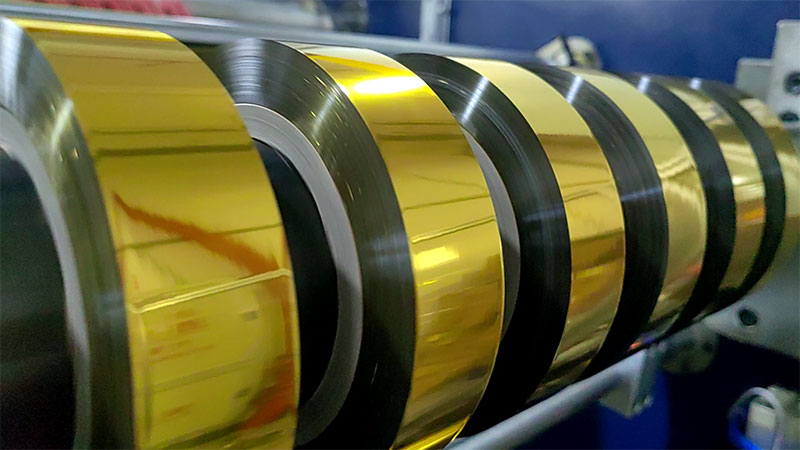
4. Intelligent detection and feedback
• In-line visual inspection
◦ The high-resolution camera (5μm/pixel) captures edge defects in real time, and the AI algorithm classifies abnormalities such as burrs and notches.
• Automatic calibration system
◦ The tool spacing is automatically calibrated by the laser rangefinder before slitting to eliminate human error.
3. Reference of slitting parameters of typical materials
| Type of material | The type of tool | Slitting speed | Tension control | Special requirements |
| Film Label (PET) | Diamond-coated round knives | 80-120m/min | 5-8N | Static elimination, anti-curling |
| Coated paper labels | Tungsten carbide flat knife | 30-60m/min | 10-15N | Anti-dust adsorption |
| Synthetic paper labels | Laser Slitting (CO₂) | 20-40m/min | 3-5N | Nitrogen protection against carbonization |
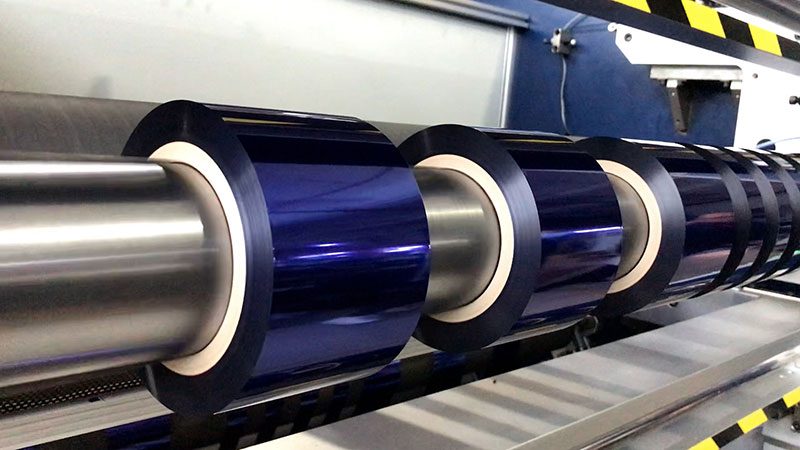
Fourth, industry application cases
1. Pharmaceutical Labeling:
◦ Aseptic slitting is required, which is cleaned by fully enclosed slitting machine + ionizing air, and there are no burrs on the edges to avoid bacterial attachment.
2. Electronic Tag (RFID):
◦ The slitting accuracy of the antenna part ± 0.03mm, and the laser slitting is used to avoid mechanical stress damage to the circuit.
3. In-Mold Labeling:
◦ The pre-cut edge should be absolutely flat, otherwise it will affect the injection molding, and a zero-gap slitting knife holder is used.
5. Future technology trends
1. Digital twin slitting: Virtual simulation optimizes parameters and reduces trial cutting waste.
2. Green slitting: Dry cutting technology replaces lubricants and complies with environmental regulations.
3. Popularization of ultrafast laser: gradually replace mechanical knives, especially suitable for flexible electronic tags.
summary
The edge uniformity of the high-precision slitting machine depends on the coordination of tool performance, tension control, and intelligent detection. In the future, with the diversification of label materials (such as degradable films and conductive ink labels), slitting technology needs to develop in a more flexible and intelligent direction. Enterprises should choose a slitting solution based on material characteristics, and at the same time reduce the overall cost through data management (such as tool life prediction).

In the hot stamping process, the slitting quality of hot stamping foil is a key factor affecting the loss rate, production efficiency, and final product quality.
26. September, 2025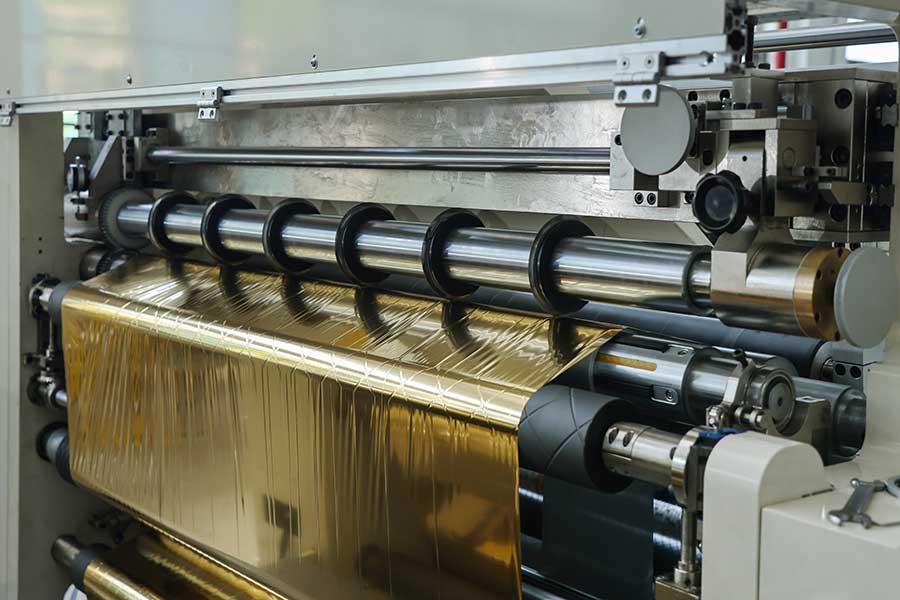
In today's highly expensive and competitive manufacturing environment, any bit of material waste can directly eat into profits.
25. September, 2025
High-precision slitting is not just a simple narrowing of large coils of material, but a precision technology that integrates mechanical engineering, materials science and process control
19. September, 2025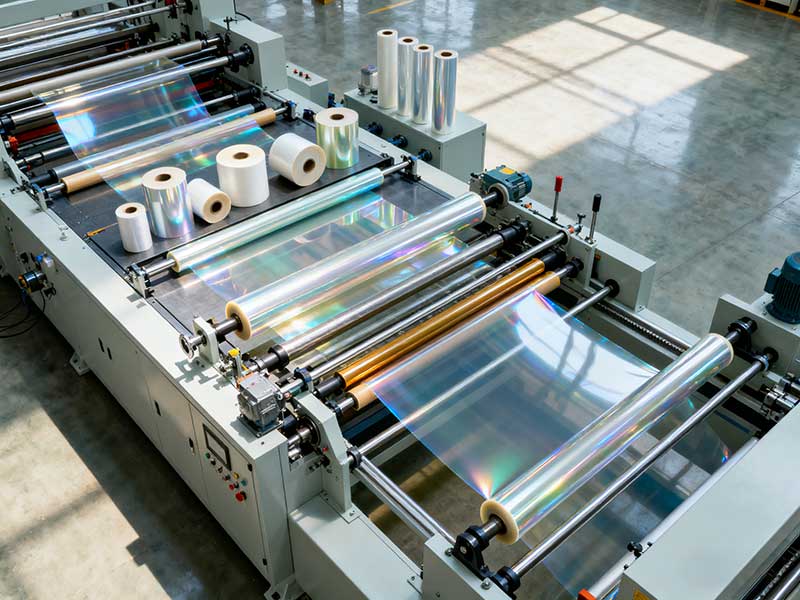
It is not only a simple slitting but also a high-tech equipment that integrates mechanical, electrical, sensing, control and material science.
18. September, 2025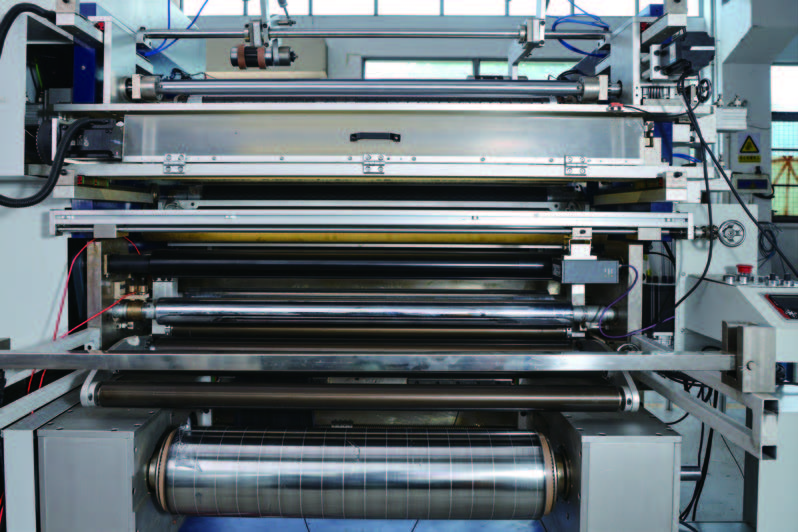
The slicing machine is undergoing a revolutionary transformation from traditional machinery to high precision, intelligence, and integration.
12. September, 2025